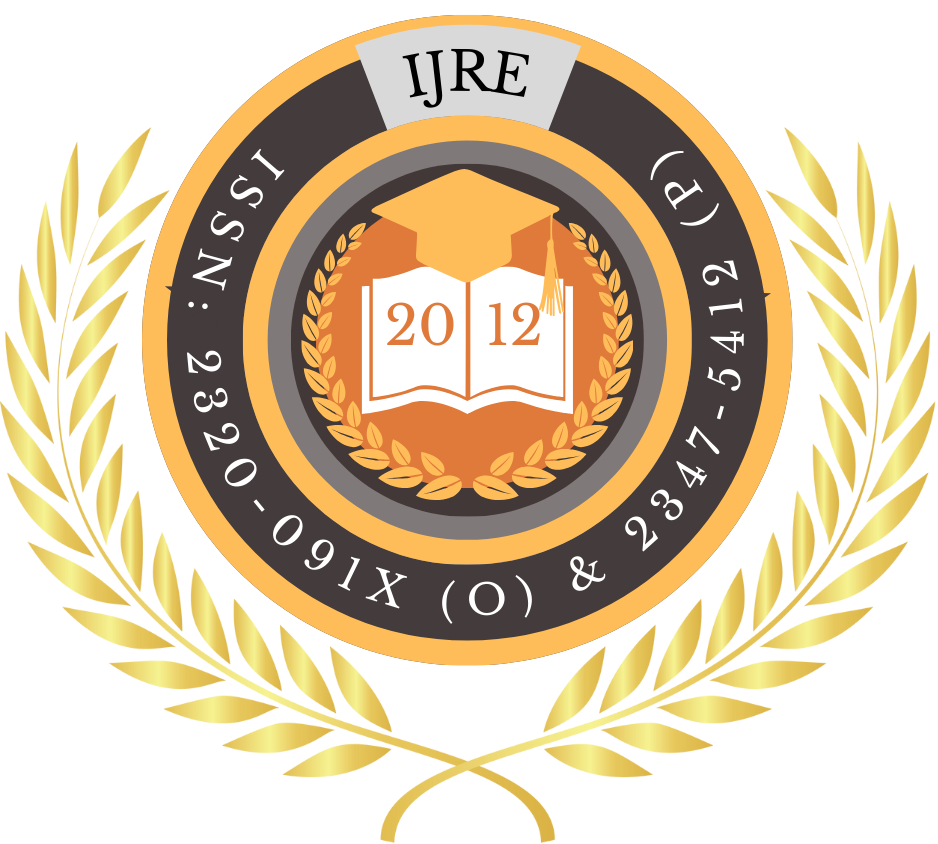![]()
Satish Patel
Independent Researcher
Gujarat, India
Abstract
The speedy advancement of technology has significantly transformed conventional teaching methods, thereby creating a platform where distance education is not only feasible but also inevitable in the context of higher education. This research explores the perceptions and challenges of students towards distance learning. Through undergraduate and postgraduate student surveys across various academic disciplines, the research assesses indicators such as participation, access to technology, academic integrity, and quality of teaching.
Findings show that despite the increased flexibility and accessibility provided by distance education, students face difficulties in digital literacy, self-regulation, and decreased interpersonal communication. This paper elaborates on these findings and provides practical recommendations towards enhancing the distance learning experience through technological innovation, teacher training, and enhanced support services.
Keywords
Distance Learning, Higher Education, Student Perceptions, Digital Literacy, Academic Challenges
References
- Allen, I. E., & Seaman, J. (2017). Digital learning compass: Distance education enrollment report 2017. Babson Survey Research Group.
- Anderson, T., & Dron, J. (2011). Three generations of distance education pedagogy. The International Review of Research in Open and Distributed Learning, 12(3), 80–97.
- Anderson, T., & Dron, J. (2016). Learning in a blended environment: Theoretical issues and practical challenges. Journal of Distance Education, 31(2), 41–54.
- Bates, A. W. (2005). Technology, e-learning and distance education (3rd ed.). Routledge.
- Ellis, R. (2009). A handbook for teaching and learning in higher education: Enhancing academic practice. SAGE Publications.
- Garrison, D. R., Anderson, T., & Archer, W. (2000). Critical inquiry in a text-based environment: Computer conferencing in higher education. The Internet and Higher Education, 2(2), 87–105.
- Guri-Rosenblit, S. (2009). Digital technologies in higher education: Sweeping expectations and actual effects. Nova Science Publishers.
- Gupta, S. (2019). Challenges and prospects of blended learning in higher education. Journal of Educational Technology, 16(1), 52–67.
- Hrastinski, S. (2008). What is online learner participation? A literature review. Computers &Education, 51(4), 1755–1765.
- Laurillard, D. (2012). Teaching as a design science: Building pedagogical patterns for learning and technology. Routledge.
- Means, B., Toyama, Y., Murphy, R., Bakia, M., & Jones, K. (2010). Evaluation of evidence-based practices in online learning: A meta-analysis and review of online learning studies. U.S. Department of Education.
- Moore, M. G. (1993). Theory of transactional distance. In D. Keegan (Ed.), Theoretical principles of distance education (pp. 22–38). Routledge.
- Moore, M. G., & Kearsley, G. (2011). Distance education: A systems view of online learning (3rd ed.). Cengage Learning.
- Moore, M. G., & Thompson, K. (2016). Distance education in the 21st century: Global perspectives on integrated teaching and learning. Athabasca University Press.
- Moore, M. G., Dickson-Deane, C., & Galyen, K. (2011). e‑Learning, online learning, and distance learning environments: Are they the same? The Internet and Higher Education, 14(2), 129–135.
- Richardson, J. C., Maeda, Y., Lv, J., & Caskurlu, S. (2017). Social interaction in online learning: A case study of successful collaborative group projects in online education. Educational Technology Research and Development, 65(5), 1439–1456.
- Salmon, G. (2013). E-tivities: The key to active online learning. Routledge.
- Simonson, M., Smaldino, S., Albright, M., & Zvacek, S. (2019). Teaching and learning at a distance: Foundations of distance education (7th ed.). Information Age Publishing.
- Zhang, D., Zhao, J. L., Zhou, L., & Nunamaker, J. F. Jr. (2004). Can e‑learning replace classroom learning? Communications of the ACM, 47(5), 75–79.
- Saba, F., & Shearer, E. (2018). Emerging trends and issues in online learning research. Journal of Asynchronous Learning Networks, 22(3), 45–58.
